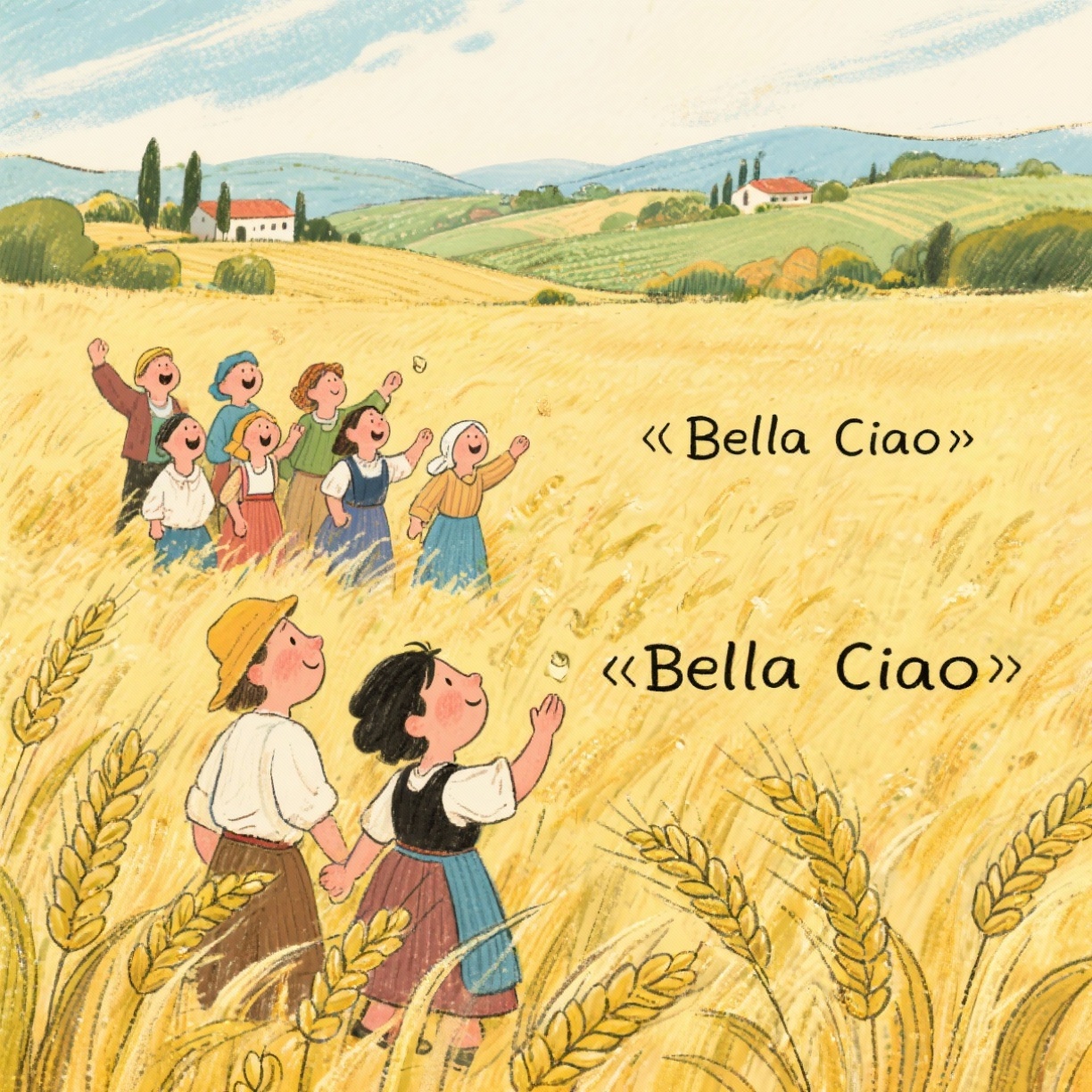- SHOPPING
15 Best Jelly Sandals


“Bella Ciao” is more than just a song; it is a cultural phenomenon with deep historical roots and significant political connotations. Originally an Italian folk song, it has transcended its origins to become an anthem of resistance and freedom worldwide. This piece explores the origins, historical significance, and contemporary relevance of “Bella Ciao,” shedding light on why it continues to resonate across different cultures and generations.
The song “Bella Ciao” traces its roots to the late 19th and early 20th centuries in Italy. It is believed to have originated as a work song among the mondine, female rice paddy workers in Northern Italy. These women labored under harsh conditions, and the song served as a form of protest against their exploitation and poor working conditions. The original version of “Bella Ciao” expressed the workers’ yearning for freedom and a better life.
As a folk song, its melody and lyrics evolved over time. The song’s simple yet poignant structure allowed it to be easily adapted and adopted by various movements. The version that is most widely recognized today, however, emerged during World War II.
During the Italian Resistance against Fascist forces and Nazi occupation in World War II, “Bella Ciao” was transformed into an anthem of defiance and hope. Italian partisans, who were part of the anti-Fascist resistance, adopted the song to symbolize their struggle for liberation. The lyrics were modified to reflect the fight against oppression and the desire for freedom.
This version of “Bella Ciao” spoke of a partisan who bids farewell to their beloved, prepared to sacrifice their life for the cause of freedom. The song’s powerful message and emotive melody made it a rallying cry for those resisting tyranny, and it became intrinsically linked with the spirit of resistance during the war.
Following World War II, “Bella Ciao” gained international recognition and became a symbol of resistance beyond Italy’s borders. Its universal themes of freedom, resistance, and sacrifice resonated with various liberation movements around the world. The song was translated into numerous languages and adapted to fit different contexts, from the civil rights movement in the United States to protests in Latin America and beyond.
The adaptability of “Bella Ciao” is a testament to its powerful message. It has been used in political demonstrations, cultural events, and even in popular media, further cementing its status as a global anthem for those seeking justice and equality.
In recent years, “Bella Ciao” has experienced a resurgence in popularity, partly due to its inclusion in various films, television series, and other media. One of the most notable examples is its prominent use in the Spanish television series “La Casa de Papel” (Money Heist), where it serves as a recurring motif symbolizing rebellion and resistance against the establishment.
This renewed exposure has introduced “Bella Ciao” to a new generation, leading to a wave of modern interpretations and covers by artists from different musical genres. These contemporary renditions have helped keep the song relevant, bridging the gap between its historical roots and present-day struggles for freedom and justice.
As an enduring symbol of resistance, “Bella Ciao” continues to inspire and unite people across the globe. Its legacy lies in its ability to transcend cultural and temporal boundaries, offering a voice to those who fight against oppression. The song’s simple yet profound message of standing up for one’s rights remains as powerful today as it was during its inception.
Whether sung in protest, performed on stage, or featured in popular media, “Bella Ciao” serves as a reminder of the enduring human spirit and the universal quest for freedom and justice. Its ability to adapt and resonate with different generations ensures that it will continue to be a beacon of hope and resilience for years to come.